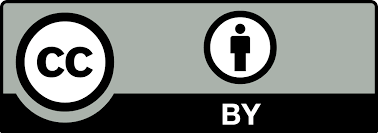Non-pharmacological strategies as adjuvants in needle associated acute pain management in pediatrics
DOI:
https://doi.org/10.5377/alerta.v5i2.14393Keywords:
needles, acute pain, pain management, patient satisfaction, virtual realityAbstract
Pediatric pain is a public healthcare problem present in 78 % of hospitalized patients and it is frequently associated to needles. Fast and effective controls are needed, therefore, sensory stimulation and psychological strategies have been developed. The aim of this study was to describe the use of non-pharmacological strategies as adjuvants in needle associated children pain management. A review was made searching through original articles and other reviews. Pain mechanism involves C fibers and Aδ fibers, which respond to short term needle pain. Buzzy® device is among the physical strategies to relieve pain, which acts according to the pain threshold theory, diverting attention from pain to a pleasurable sensory stimulus (cold and vibration) decreasing its intensity when compared to topical anesthesia (p < 0,001). Meanwhile psychological strategies such as virtual reality divert the child’s attention to a pleasant visual and auditory stimulus. It creates a tridimensional environment with an electronic device, decreasing pain while distracting the child when compared to the control group (p < 0,05). The use of non-pharmacological strategies as adjuvants for needle pain management is effective decreasing children pain and reducing stress and anxiety in parents and healthcare workers.
Downloads
2106
PDF 396
Downloads
Published
How to Cite
Issue
Section
License
Copyright (c) 2022 Francisco Alfredo Call Orellana, José Ernesto Tejada Alvanés, José Javier Handal Acosta, Zayri Geraldine García Meléndez

This work is licensed under a Creative Commons Attribution 4.0 International License.
Privacy statement:
Alerta articles are published under license Creative Commons 4.0 CC BY: https://creativecommons.org/licenses/by/4.0/
Authorship rights
Revista Alerta gives the authors exclusive control of their work and the right to be acknowledged and cited.





